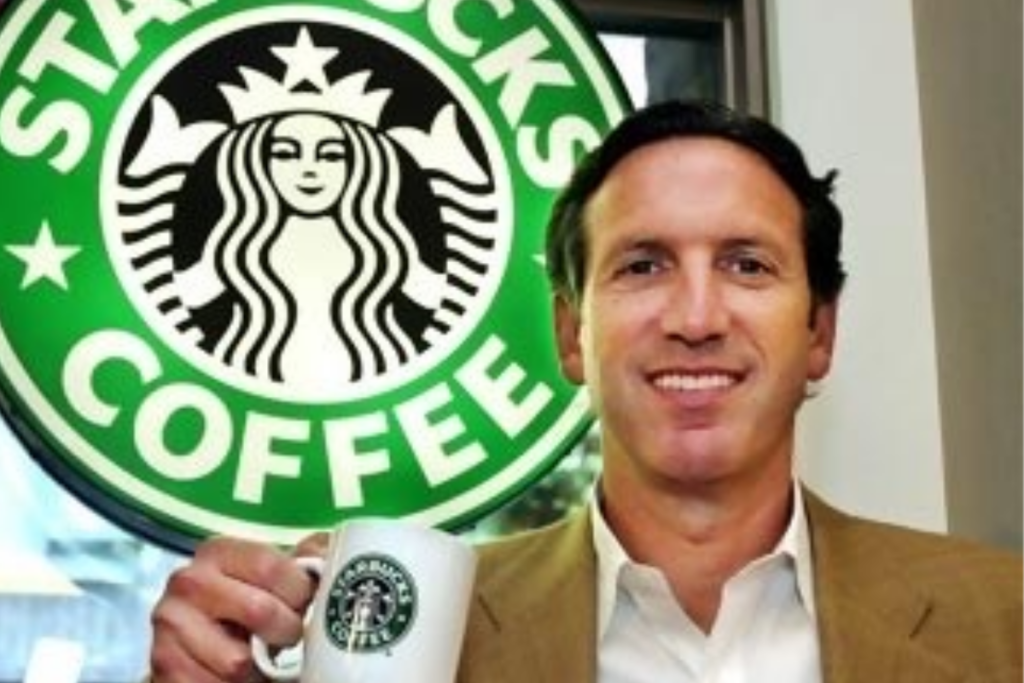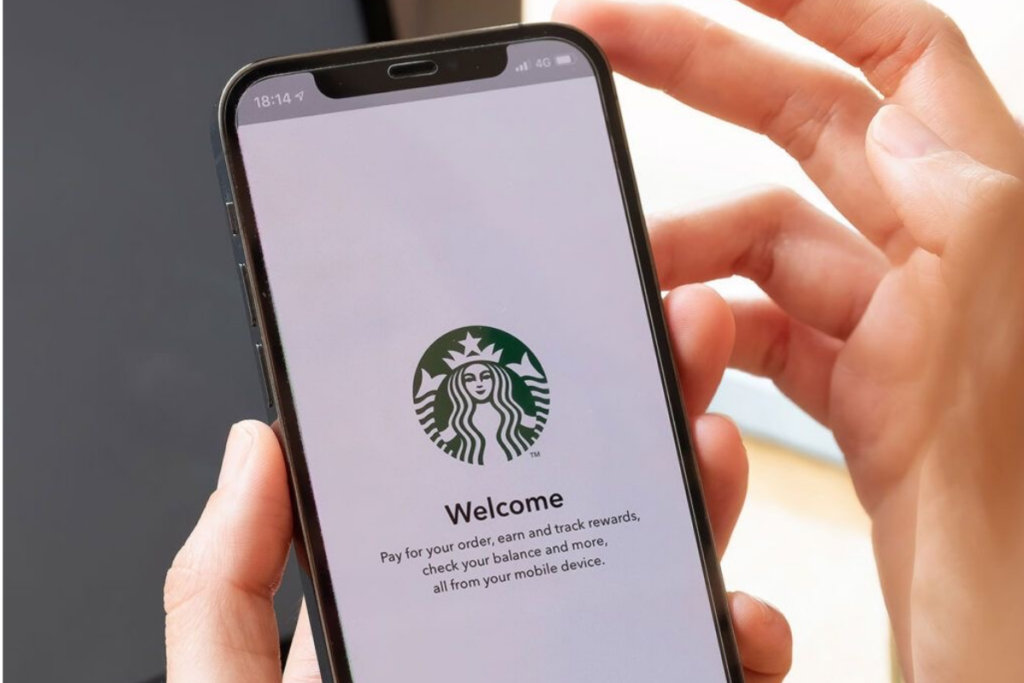When you enter any Starbucks cafe, you won’t be surprised to see counters filled with mobile orders, frustrated customers waiting for their drinks, and baristas trying their best to keep up with the orders. Addressing these issues will likely be a top priority for the new CEO, Brian Niccol, when he takes on the role on September 9. His main goal will be to help the struggling coffee company get back on track.
What Is the Reason for Starbucks’s Declining Sales?
Both investors and company leaders have blamed operational problems for Starbucks’ declining sales in recent months. Other reasons for the drop in sales at individual stores include a weakening economy and consumer boycotts. The company’s brand image has also deteriorated.

Former CEO Howard Schultz, who no longer has an official position at Starbucks but is still involved, said in June, during the “Acquired” podcast, that the mobile app is Starbucks’ biggest weakness.
How Important Is the Mobile App to Starbucks?
The mobile app is essential to Starbucks because customers are now leaning towards online shopping or ordering instead of going to the physical store. The app is also important to the company because it can help reduce store traffic. About one-third of Starbucks’ total sales come from mobile orders; however, handling the orders from the app tends to be more complex.
Although extra items like cold foam or syrups bring in more money for Starbucks, they also require more time to prepare. This can frustrate both the baristas making the drinks and the customers waiting for them.

Robert Byrne, a senior director at a restaurant research firm, agrees with Starbucks’ former CEO, Howard Schultz. He believes the problem isn’t just in the data but is something anyone can see happening in the stores.
ALSO READ: Starbucks Awards Incoming CEO Brian Niccol $85 Million in Cash and Stock as He Leaves Chipotle
Keeping Up With Mobile Orders
In late April, the current CEO, Laxman Narasimhan, mentioned that the company had trouble keeping up with customer demand in the mornings. There were usually long queues that made customers wait, which caused many customers to turn away.

Former CEO Howard Schultz also noticed this problem when he visited a Starbucks in Chicago at 8 a.m. He said, “Everyone arrives at once, and suddenly it feels chaotic. That is not the Starbucks experience.” Schultz shared this on the “Acquired” podcast.
How Can the New CEO Help Starbucks?
Making mobile orders more efficient is one way Brian Niccol can help reduce the crowds at physical stores. When Schultz expanded the company into the coffee giant it is today; he wanted it to be a “third place” where people could relax between work and home. But now, many customers just use mobile ordering for convenience and don’t stay long in the cafes. “Since coffee is something I often drink in the car or on the move, it has to be really convenient,” said Byrne.

However, Starbucks didn’t see this consumer behavioral change coming. It didn’t make significant changes to its operations to prepare for the shift in customer habits.
Was Starbucks’ Technologically Prepared?
In 2017, Schultz stepped down as CEO for the second time and handed the position to Kevin Johnson. Before joining Starbucks, Johnson was the CEO of Juniper Networks, a tech company. While Johnson was in charge, the company invested in technology and grew its digital sales. However, the restaurants were already facing challenges by the time he left.

Schultz returned as interim CEO when Johnson retired in 2022. He admitted that the company wasn’t well-prepared for the necessary technological updates. He noted that although the company’s stock was doing well, they failed to invest in technology early enough and didn’t realize the importance of their mobile app until it was too late.
What Does the New CEO Need to Fix?
Shareholders are also frustrated with the problems with digital orders. They believe it’s an essential issue for incoming Starbucks CEO Niccol to fix.

Nancy Tengler, CEO and chief investment officer of Laffer Tengler Investments, which owns shares in Starbucks and Chipotle, said that in places like New York City, one problem is the long wait times. Mobile orders often get priority over in-store orders, and Niccol needs to find a way to change that so customers will spend more time and money in the stores.
ALSO READ: Starbucks Implements Bold Strategy to Reverse Sales Slump
What App Does Starbucks Use?
The company uses the Starbucks App; however, there are currently issues with mobile orders. These problems have also put extra pressure on baristas. This stress, partly caused by the app, has led some employees to form unions since 2021.

In November, Starbucks Workers United, a group representing workers at about 450 Starbucks stores, asked the company to stop mobile ordering during promotions. Starbucks said it was already working on making that possible.
Efforts to Enhance Efficiency
The company has been working to speed up service and improve barista work conditions. They introduced new equipment and updates to their mobile app to show order progress.

Despite these efforts, the rollout of new equipment has been slow. Speeding up this process could significantly reduce service times and ease baristas’ workloads. The success of these changes depends on convincing investors that the plan will work.
How Do I Update the Starbucks App?
To update the Starbucks app, go to the App Store on an iPhone or the Google Play Store on an Android phone. Search for “Starbucks,” if an update is available, you’ll see an “Update” button next to the app.

Tap this button to start the update. If you see an “Open” button instead, your app is already up to date. Make sure you have a good internet connection while updating.
You Might Also Like:
Harris Introduces “Opportunity Economy” Focused on Reducing Food, Housing, and Family Costs
Jamie Dimon Advocates for ‘Buffett Rule’ to Tax Millionaires and Address National Debt
Warren Buffett Reveals His Will’s Key Lessons—Valuable for Any Wealth Level
Murdoch Family Feud Sheds Light on Nevada’s Growing Secret Trust Industry

